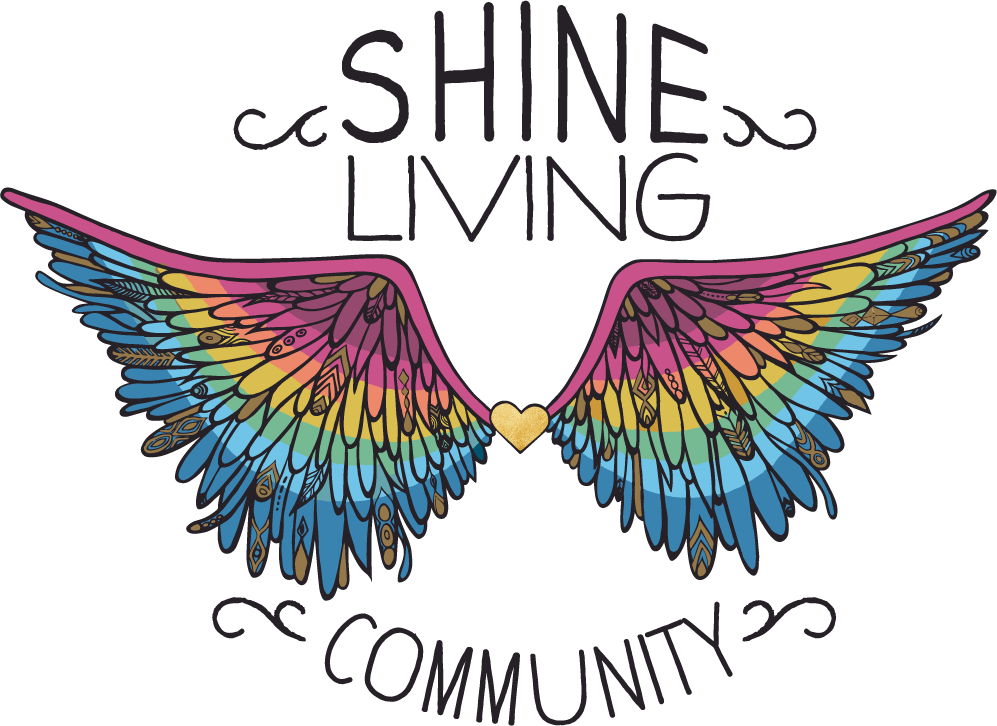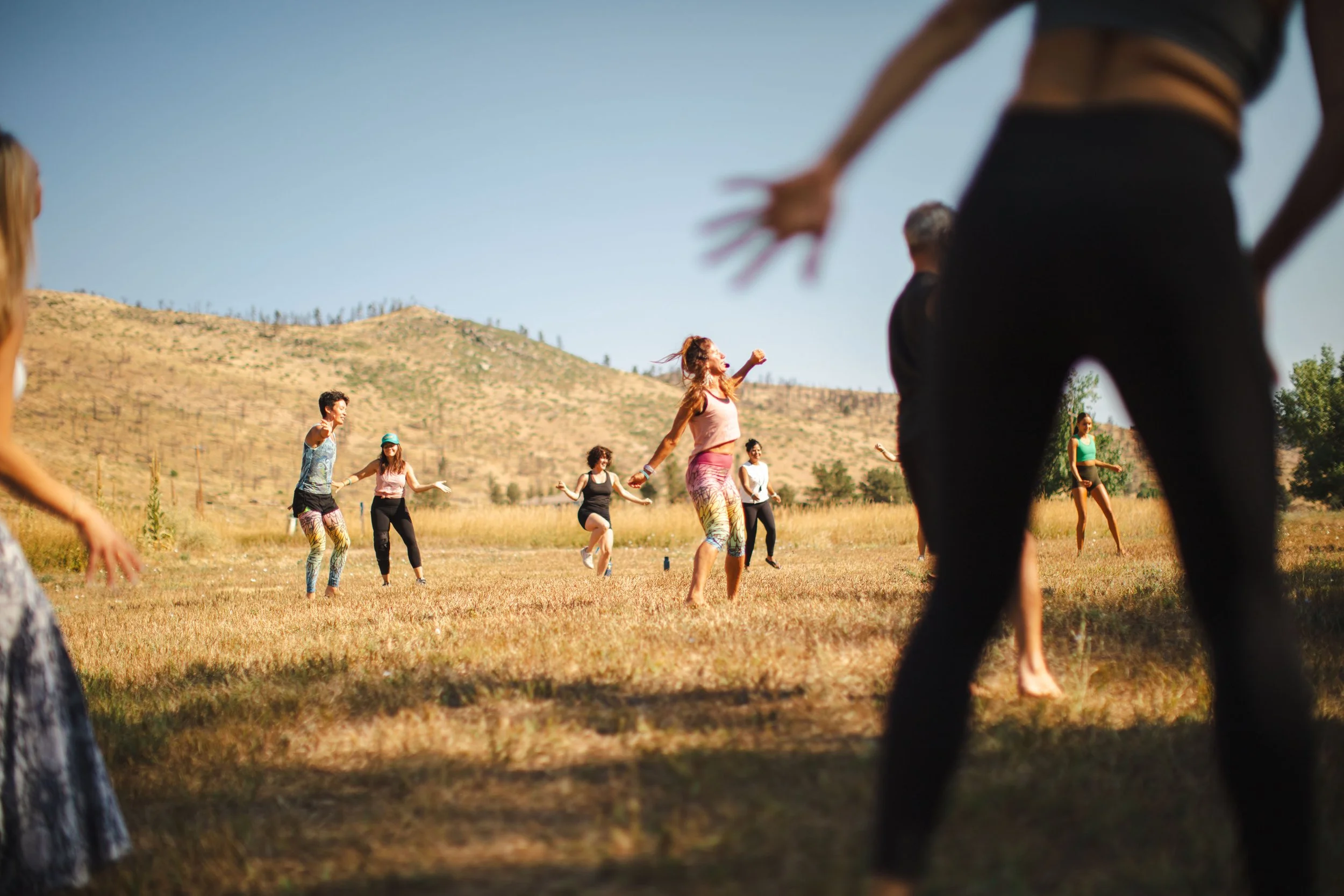Unlocking Healing and Connection Through Somatic Movement
Movement is Medicine
The word “somatic” comes from the Greek soma, meaning “living body.” This approach emphasizes internal sensing, presence, and the mind-body connection.
In our fast-paced world, many of us carry stress, tension, and old patterns of pain in our bodies without realizing it. Traditional fitness often focuses on pushing harder, moving faster, or building strength, but there’s another path to wellness, one rooted in awareness, compassion, and connection: somatic movement.
What is Somatic Movement?
At its core, somatic movement is about experiencing your body from the inside out. Rather than focusing on how a pose looks or how many reps you can do, somatic practices invite you to notice how you feel while moving. The word “somatic” comes from the Greek soma, meaning “living body.” This approach emphasizes internal sensing, presence, and the mind-body connection.
When you engage in somatic movement, you slow down, tune in, and learn to release patterns of chronic tension. Over time, this can help reduce stress, improve posture, and even restore natural ease in your movements.
The Benefits of Somatic Movement
Somatic practices are gentle yet powerful. Some of the key benefits include:
Stress relief: By calming the nervous system, somatic movement helps the body shift out of “fight-or-flight” mode.
Pain reduction: Re-educating the body’s movement patterns can ease chronic pain caused by tension or misalignment.
Greater body awareness: You develop the ability to notice subtle sensations, which leads to healthier movement habits.
Emotional release: The body stores experiences and emotions. Somatic movement provides a safe space to process and let go.
Enhanced mobility and freedom: When you learn to move with awareness, your body feels more fluid, resilient, and alive.
Somatic Movement and Community
Healing doesn’t have to happen alone. Practicing somatic movement in a group setting creates a sense of connection — not just within your own body, but with others. In community, we mirror and support each other, building a safe space for exploration and growth.
Whether it’s through gentle guided sequences, mindful movement classes, or workshops focused on embodiment, somatic practices invite us back into our wholeness. And when we come together as a community to move with awareness, we foster belonging, compassion, and collective well-being.
Getting Started
You don’t need any special equipment or advanced skills to begin somatic movement—just curiosity and willingness to slow down. A few simple ways to start include:
Taking a few minutes each day to stretch while paying attention to breath and sensation.
Joining a guided somatic movement class online or in person.
Exploring practices like somatic dance, Warrior Workouts, or somatic-inspired yoga.
Final Thoughts
Somatic movement is more than exercise — it’s a pathway to healing, resilience, and connection. By tuning into your body’s wisdom, you create space for balance and vitality to return. In a community setting, this practice becomes even more powerful, reminding us that wellness is both personal and collective.
Are you ready to experience the difference that somatic movement can make in your life? Come join us in practice, and rediscover the joy of moving from the inside out.
FAQ: Somatic Movement
Q: What is somatic movement therapy?
A: Somatic movement therapy is a body-based approach that uses gentle, mindful movements to increase awareness, release tension, and support healing. It focuses on how movement feels from the inside rather than how it looks from the outside.
Q: How does somatic movement help with stress?
A: Somatic movement calms the nervous system by bringing your attention to breath and sensation. This shift from “fight-or-flight” into relaxation helps release stored tension and reduces overall stress.
Q: Can somatic movement reduce chronic pain?
A: Yes. By retraining the body’s movement patterns, somatic practices can ease pain caused by muscle tension, misalignment, or repetitive strain. Many people experience improved mobility and long-term relief.
Q: Do I need experience to start somatic movement?
A: Not at all! Somatic movement is beginner-friendly. You don’t need special equipment—just curiosity, a willingness to slow down, and attention to your body’s signals.
Q: How is somatic movement different from traditional exercise?
A: Traditional exercise often focuses on building strength, endurance, or performance. Somatic movement emphasizes awareness, gentle exploration, and nervous system regulation. Instead of “working out,” it’s more like “working in.”
Q: Can I practice somatic movement at home?
A: Absolutely. You can begin with simple stretches, slow movements, and mindful breathing. Many online classes, guided videos, and community workshops can also support your practice.
In love and light,
We are Jill & Jessica – the Shine Sisters – your guides to living your shine every day.
With our 40+ years combined experience in certified dance, yoga, reiki and nutrition ~ we are here to build community, empower from within and help you live your best life!








